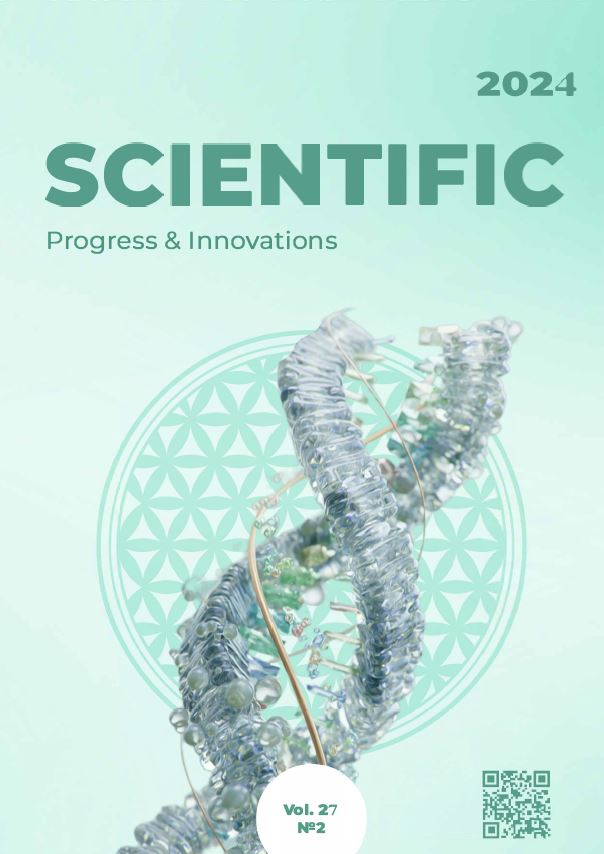Clinical course of ctenocephalous invasion in cats
DOI:
https://doi.org/10.31210/spi2024.27.02.12Keywords:
parasitology, ctenocephalosis, invasion, cats, clinical courseAbstract
Fleas of the order Siphonaptera are small wingless insects that lead a parasitic lifestyle on mammals and birds, and can also attack humans. They are capable of inhabiting a wide range of hosts and habitats. In domestic dogs and cats, fleas are common ectoparasites, causing a greater proportion of all dermatological diseases. Parasitism of fleas on the body of domestic carnivores is accompanied by severe itching, anxiety, erythema, alopecia and various types of dermatitis. The purpose of the research was to establish the features of the clinical course of ctenocephalosis in cats of different ages, depending on the intensity of the invasion. The research was carried out in the private veterinary clinic "Yashma" (Kremenchuk) and the Laboratory of the Department of Parasitology and Veterinary-Sanitary Examination of the Poltava State Agrarian University (Poltava). The conducted studies established that ctenocephalosis in cats occurs in two forms, of which the chronic course was most often detected (83.6 %), and acute (16.4 %) less often. The forms of the course depended on the indicators of infestation and the age of the cats. An acute course is established in kittens up to 6 months of age based on indicators of the intensity of invasion from 20 to 42 spec/head, and a chronic course – from 4 to 19 spec/head. It was determined that during the acute course in kittens up to 6 months of age, the clinical signs were characterized in 100 % of cases by skin lesions in the area of the tail root, abdomen, back, sides, the presence of flea excrement and their contamination of the skin and fur, itching, anxiety, disheveled hair in affected areas, skin erythema, dry skin. During the chronic course, 100 % of the studied animals were clinically diagnosed with skin lesions in the area of the root of the tail, the presence of flea excrement and their contamination of the skin and fur. Other clinical signs were less pronounced or were not registered compared to the clinical signs established during the acute course. The obtained results will allow to increase the effectiveness of treatment measures taking into account the forms of the course of the invasion, the age of the cats and indicators of the intensity of ctenocephalous invasion.

 Creative Commons Attribution 4.0 International Licens
Creative Commons Attribution 4.0 International Licens